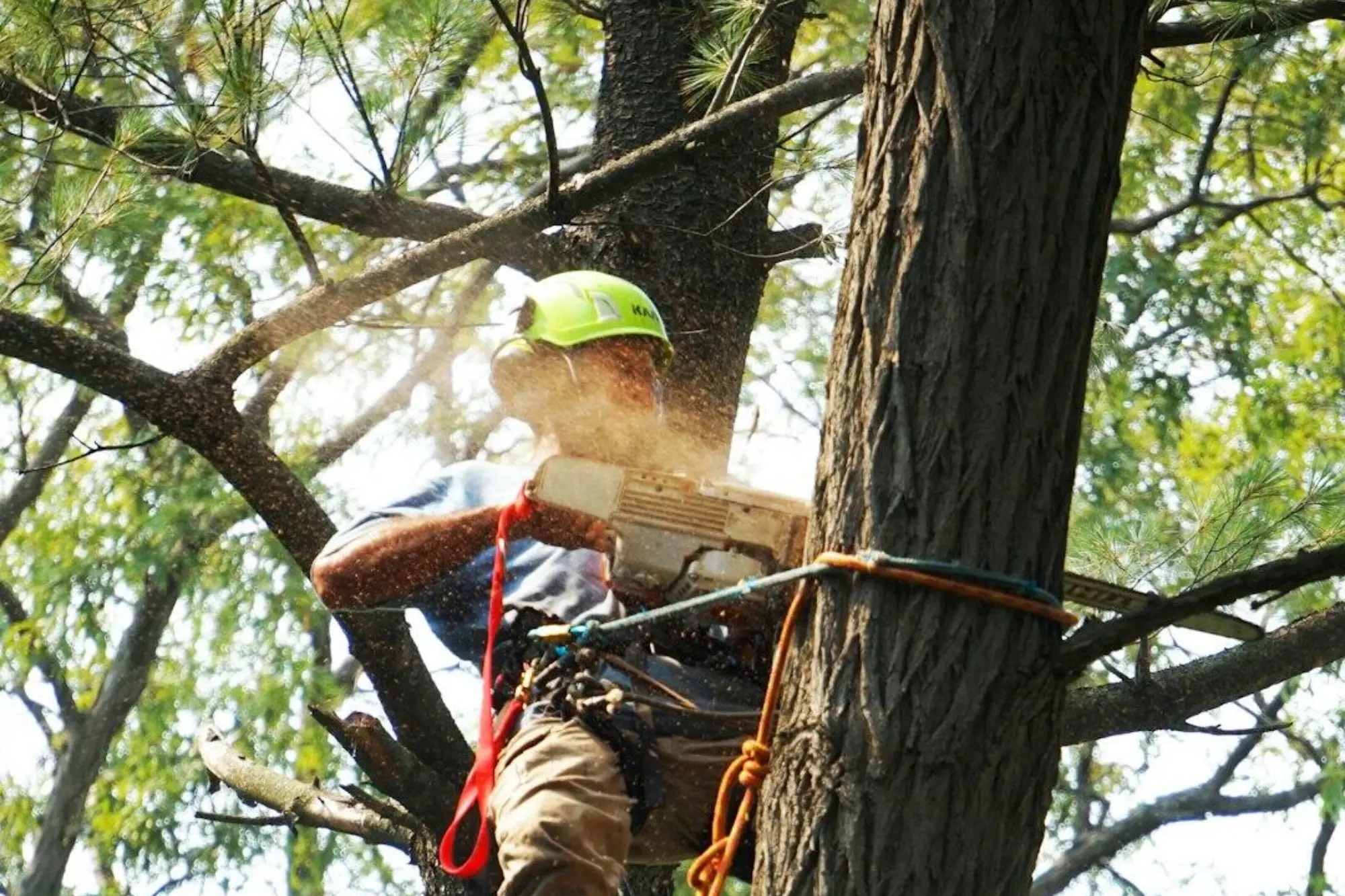Every year, winter happens. That means many areas around America get covered in frost.
But what happens when you have frost cracks etched into the trunk? What are you supposed to do? Should you call an arborist for an evaluation? Or should you treat the tree yourself?
Follow this guide, and we’ll show you what to do if your tree cracks from frost.
Frost Cracks
Winter temperatures dropping below zero sometimes causes cracks in trees. Frost cracks cause a lot of damage to trees, and, sometimes, the damage is permanent.
What Causes a Frosted Tree to Crack?
Trees with frost cracks in them are often found in open areas. Found on winter days, the inner bark becomes warm by the sunlight. As the temperature drops, the bark begins shrinking.
The wood inside the tree’s trunk slowly contracts as the bark shrinks. This process causes the bark of the tree trunk to split in half — this is a frost crack.
According to the University of Michigan, scientists believe frost cracks are caused by the water moving out cells and freezing within the tree. The wood closest to the tree’s surface shrinks as it loses water.
This is common with younger trees that have thin bark.
Developed trees may suffer from frost cracks. The inside of trees reaches higher temperatures than the air around them.
A few species that are more likely to develop frost cracks include, but are not limited to:
- Apple trees
- Beech trees
- Elm
- London plane
- Maple
Tree Scald
Some nights, the air becomes cooler, the temperature drops. As a result, the cambium layer and bark become damaged. This damage isn’t called frost cracks. It’s called tree scald.
How to Fix Frost Cracks
There’re many reasons your tree may have a crack in it. Learning how to help your cracked tree and preventing frost cracks is the first step.
If your tree already has damage within its trunk, don’t shake it. Shaking the tree will cause more damage, and there’s a chance of hurting yourself.
First, evaluate where your trees are in your yard, and identify what could damage them.
Prevention
Instead of applying fertilizer too early, wait until the leaves fall off the tree. Waiting to put fertilizer on your tree can help avoid frost cracks.
Avoid damaging the bark on the tree’s trunk while it’s still young and growing. You can damage your tree by hitting the base with your lawnmower or your car’s bumper.
Placing mulch around the young tree’s base can help your lawnmower from damaging the tree. The mulch acts as a barrier around the base.
When to Call an Expert
If your tree is too far gone, it’s time to call in an expert. A professional will assess the damaged tree and explain the next course of action.
Our Services
Frost cracks aren’t a laughing matter. Severe damage causes the infected tree to lean and fall over. If a cracked tree is left untreated, someone could get hurt.
That’s why it’s best to call an arborist to evaluate the damage if you notice a crack in one of your trees. A professional will help you learn what you need to do.
For more articles like this, visit our website and learn about our services, like tree pruning and removal.



















